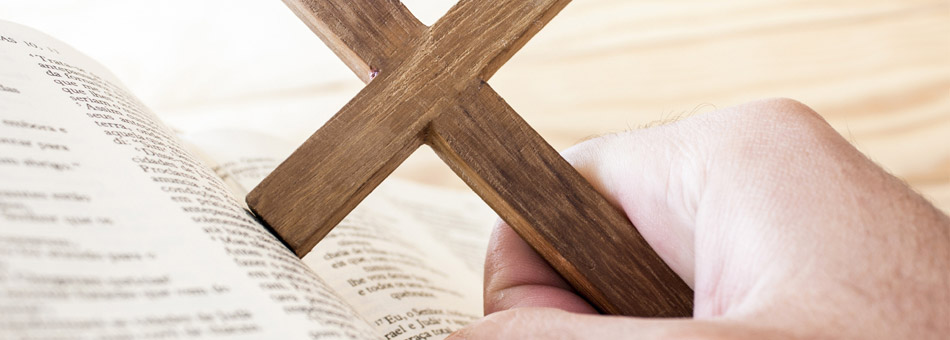3-D列印 提供醫師練刀機會
3-D列印 提供醫師練刀機會
The surgeon held a translucent white plastic eye socket in each hand. Gently moving them away from each other, Dr. John Meara showed the distance between Violet Pietrok’s eyes at birth. Then he slid the sockets closer to demonstrate their positions 19 months later, after he had operated on her.
Violet, now nearly 2, was born with a rare defect called a Tessier facial cleft. Her dark brown eyes were set so far apart, her mother says, that her vision was more like a bird of prey’s than a person’s. The bones that normally join to form the fetal face had not fused properly.
Her parents, Alicia Taylor and Matt Pietrok of Oregon, sought out Dr. Meara at Boston Children’s Hospital because the plastic surgeon had performed four similar operations .
Before he operated on Violet, Dr. Meara wanted a more precise understanding of her bone structure than he could get from an image on a screen. So he asked his colleague Dr. Peter Weinstock to print him a three-dimensional model of her skull .
That first model helped him to decide what might need to be done and to discuss his treatment plan with her family. Three more 3-D printouts allowed Dr. Meara to rotate the model skull , then cut and manipulate to determine the best way to push Violet’s eye sockets more than 2.5 centimeters closer together.
Such 3-D-printed models are transforming care, giving surgeons new perspectives and opportunities to practice, and patients and their families a deeper understanding of complex procedures.
“There’s no doubt that 3-D printing is going to be disruptive medicine,” said Dr. Frank J. Rybicki, chief of medical imaging at the Ottawa Hospital . “It makes procedures shorter, it improves your accuracy,” he said .
For now, the Screen printerr extrudes a layer of liquid plastic instead of ink. It adds a second layer, and then another, and a skull or rib cage slowly emerges. The same process can print layers of human cells , blood vessels, simple organs and bits of bone. A Utah boy’s life was saved last year by a 3-D-printed plastic splint that propped open his windpipe.
Dr. Weinstock, the director of the Pediatric Simulator Program at Boston Children’s, sees 3-D models as part of a larger program to improve surgical craft. At Children’s and a dozen other pediatric centers around the world, he says, the surgical simulation program he developed improves team communication and trust, and lifts confidence before extremely complex operations. Dr. Weinstock is convinced that the $400,000 3-D Screen printer has prevented many errors.
The models of Violet’s unusual skull allowed Dr. Meara to anticipate what he would find .
Dr. Meara had received printed models of other patients’ skulls before, but only after waiting weeks for a single replica, at a cost of thousands of dollars. Dr. Weinstock’s Pad printer generated four copies in a few days, each costing about $1,200 and accurate to within a hair’s width.
Dr. Meara noticed that in their ideal positions, the bones of the eye sockets would bump into each other, limiting Violet’s vision. He modified his cuts to avoid that collision.
“The ability to physically move those segments is huge,” Dr. Meara said. “Otherwise, you’re doing it for the first time in the operating room.”
On Violet’s surgery day in October, Dr. Meara consulted a model in the operating theater. The surgery went as planned.
At Brigham and Women’s Hospital near Boston Children’s, an even more sophisticated 3-D Pad printer replicates flesh as well as bone, and even prints the tools needed to make the cuts.
“When it comes time to operate, you don’t need to fiddle around, it’s all there,” Dr. Rybicki said. “You have unprecedented surgical planning, and you have unprecedented accuracy.”
Comparing models from before and after surgery offers clues to why some tissue grafts take hold and some are rejected, Dr. Rybicki said.
As 3-D printers improve, so will surgical outcomes, Dr. Rybicki said. Soon, doctors will thread catheters through replica blood vessels, map out how to bypass aneurysms, and feel the tactile difference between tumors and healthy tissue .
Violet’s parents, who have five other children, including Violet’s healthy twin, Cora, said they felt comforted by Dr. Meara’s extensive preparations.
On the day of the operation, when the surgeon came out to speak with the family, “he was smiles from ear to ear,” Ms. Taylor said. “He said it went perfect.”
Knowing every move he would make, she added, was hugely different “from busting her open and saying, ‘How do we fix this?’ ”
